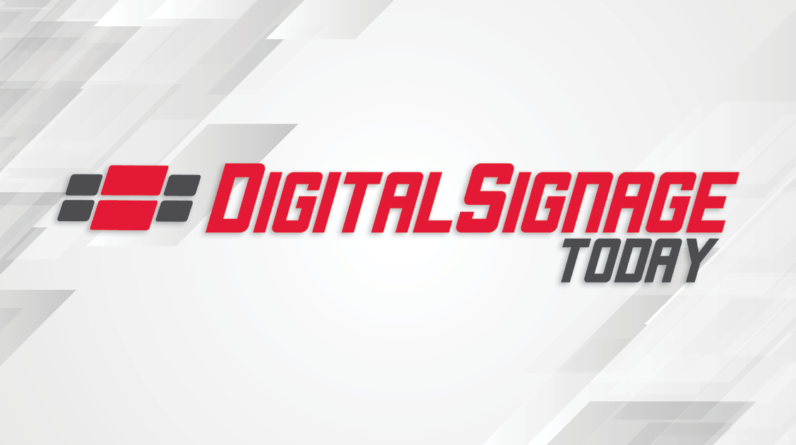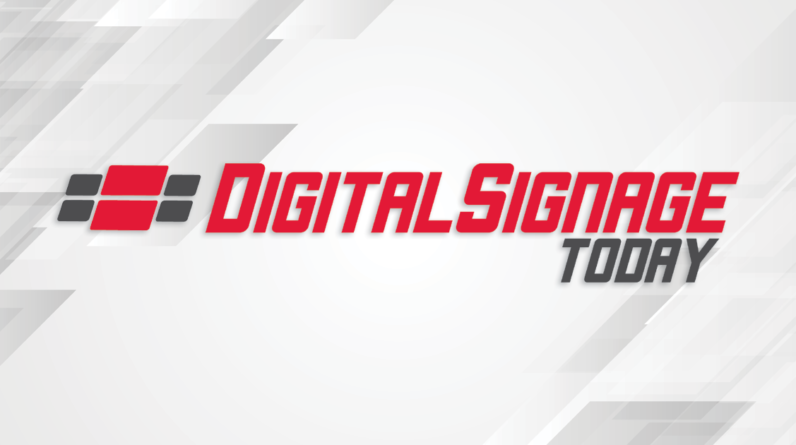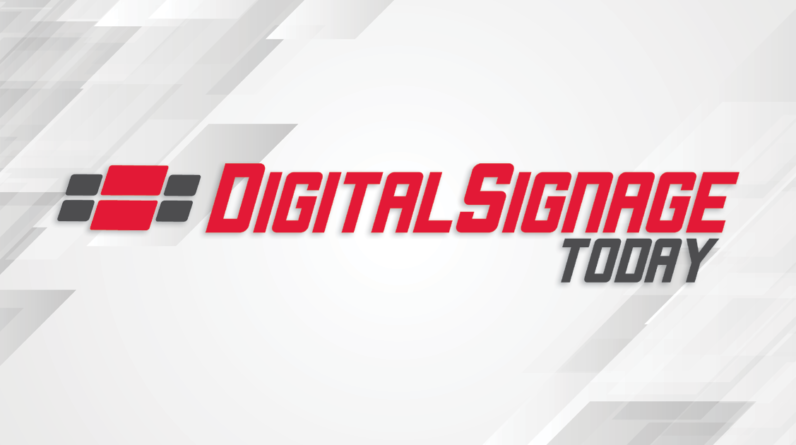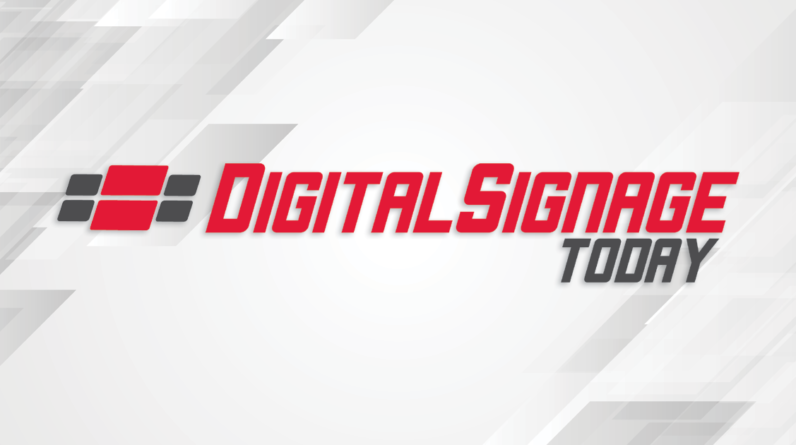
[ad_1]
AI can help industry professionals do their jobs better, work faster, and allocate more time to more strategic work. As the volume of data increases, there really will be no choice. Today’s investments, advancements, and increased adoption of technology are great steps toward a more automated and effective advertising ecosystem.
 Image provided by Adobe Stock.
Image provided by Adobe Stock.
In a relatively short period of time, Artificial Intelligence, or AI, has become ingrained in virtually all aspects of the societal lexicon. With user-friendly tools, like the ubiquitous ChatGPT, entering the mainstream along with chilling yet headline-grabbing prognostications as to how AI might evolve to become a threatening force, AI has been thrust into the conversational limelight daily, where it seems everyone has something to say about it.
Exploring the promise of AI
AI is heralded for its ability to synthesize and analyze large data sets, find commonalities, and deliver insights that can help drive more informed decisions – all in a matter of seconds. In a business context, it can enhance productivity and optimize efficiency by automating many of the manual processes that today consume significant resources and monopolize time and budget. As a result, companies across all industries are quickly working to understand how best to leverage AI in their day-to-day operations.
The advertising industry, and out-of-home (OOH), is no exception.
Across all segments of advertising, the sheer abundance of information is already well beyond what any individual human being can digest and make actionable, and it is only getting more voluminous. In OOH, for example, inventory has historically been measured with one number updated once a year. Today, audience delivery, reach, and frequency metrics can be generated for every individual ad play of a digital unit for every hour of the day. It’s no wonder the promise of AI to manage, interpret, and convert streams of data and information into automated, meaningful actions holds great appeal.
Laying the groundwork
For AI to have real utility and application in OOH, or any advertising channel for that matter, the proper groundwork must first be laid to define the problems and processes AI will address. The foundational systems that will generate clear, consistent, and trustworthy data that can be simultaneously read and interpreted by AI-powered solutions must be comprehensive and interconnected. Only then will intelligent automation be able to inform us what OOH media unit, or sets of units, when, and where have the highest value for marketers.
In areas of the advertising industry with more established data generation and collection methods, AI is already demonstrating the ability to help brands, agencies, and media owners automate processes, maximize yield, and achieve campaign goals. In the TV world, the migration to streaming and over-the-top services has had the ancillary effect of yielding new information-rich analytics related to viewing habits ideal for AI strategies, enabling service providers to create personalized recommendations that lead to increased content consumption and viewer loyalty.
Additionally, music streaming services like Spotify, armed with terabytes of data related to the music and artist preferences of their listeners, are deploying generative AI to automate curated music offerings that even include a dynamic AI generated DJ voice. Keeping music consumers engaged with an optimal and personalized experience has the knock-on effect of creating new opportunities and greater value for advertisers seeking to connect with these same listeners.
Adapting OOH to an AI future
In OOH, however, it’s still early days in terms of the readiness of the industry to benefit from AI, due in large part to the highly logistical and physical nature of its media and the many different inventory types and participants in the campaign execution process.
That said, OOH has made great strides in digitally transforming and adopting new platforms for buying, selling, and measuring impact. The investments being made today in new technologies to standardize data are paving the way for establishing the infrastructure and centralizing the metrics, signals, and standardized data structures that AI solutions will consume. As the industry continues to digitize, expect AI-powered automation to begin to play a larger role in operationalizing and optimizing manual processes, enhancing productivity, and enabling brands and agencies to reach campaign goals more efficiently, all of which will ultimately drive an increase in the value of OOH as a medium.
The promise of AI captivates some and strikes fear in others. Much of the chatter has focused on the potential for it to replace jobs. AI can help industry professionals do their jobs better, work faster, and allocate more time to more strategic work. As the volume of data increases, there really will be no choice. Today’s investments, advancements, and increased adoption of technology are great steps toward a more automated and effective advertising ecosystem.
Dylan Mabin is President at Geopath, the not-for-profit organization that provides the industry-standard audience metrics for out-of-home (OOH) advertising. He first joined Geopath as a manager in 2008 and over a successful 15-year career across various roles, Mabin has led virtually every aspect of the Geopath business, including inventory auditing, audience measurement, data science, research design, and product development.
[ad_2]
Source link






